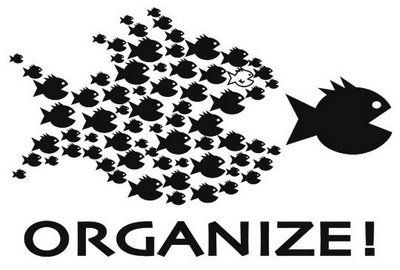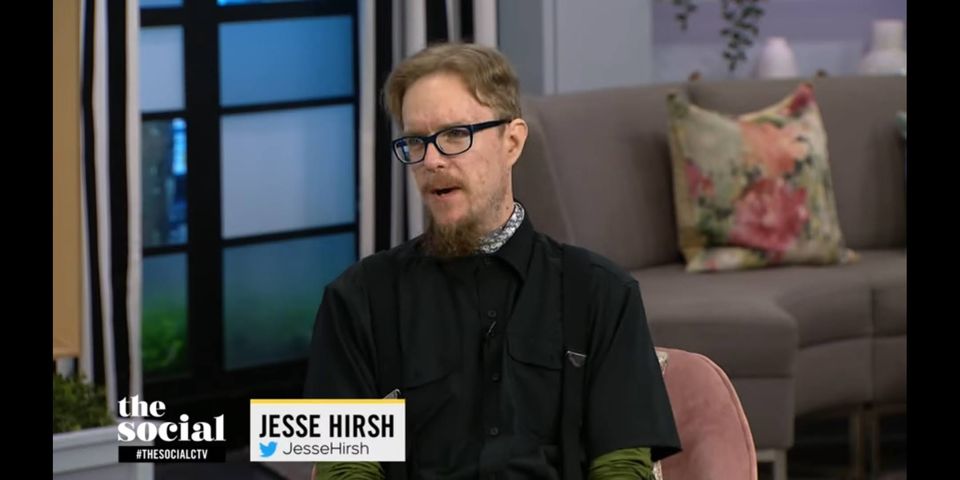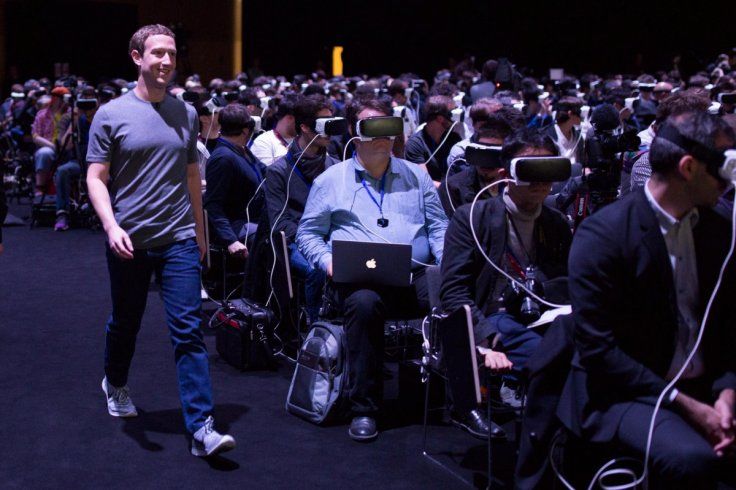SAG-AFTRA expand their ranks to include social media talent
In yesterday’s issue we looked at how influencers are often mere extensions of the algorithm if and when their only desire is to gain attention and shill products. However perhaps that could or would be (slightly) different if said influencers had more effective protections and collective bargaining.
I’ve long argued that social media creators (and users) need a union or guild or some kind of collective organizing organization. Similarly I think it is essential that existing labour organizations expand into areas of their industries or sectors that are digital or are adjacent due to how roles evolve and transform due to digital media.
Influencers are a controversial category unto themselves, one that we are naturally skeptical of. However their high visibility combined with their symbolic and real political economic power makes them a great constituency to attempt to organize and unionize.
excuse me but holy fucking shit the influencers are unionizing https://t.co/opLTzD6Zqo
— no context jeff (@thecultureofme) February 11, 2021
“The Influencer Agreement was created in response to the unique nature of Influencer-generated branded content and offers a new way for influencers to work under a SAG-AFTRA agreement. We want to be able to support both current and future SAG-AFTRA members in this space and for them to be able to access the benefits of union coverage,” said SAG-AFTRA President Gabrielle Carteris in a statement to Backstage.
Previously, the union had covered advertising done by YouTubers. This new influencer agreement takes it one step further: it will cover advertising work across all social media platforms, including Instagram, Facebook, Twitch, and TikTok.
According to a representative from SAG-AFTRA, the new agreement will categorize “influencer-generated branded content” as a form of advertising, and SAG-AFTRA members who do that type of work will be able to qualify for health and pension benefits. The branded content that would be covered under the influencer agreement is video or audio work, it does not include still imagery. But what constitutes video is left broad: It can be an Instagram story or a short TikTok video.
This is a smart move by SAG-AFTRA and not only enables an expansion of their potential membership, but also recognizes that some of the influencers of today will be actors or performers of tomorrow.
For example, the influencer status in SAG-AFTRA only applies to commercials or endorsements that influencers have on their personal social media feeds. Traditional commercials are covered in a different SAG-AFTRA agreement. This would make it easier for an influencer to gain membership in the union and then advance up the ranks with the kind of work they do.
Which is why SAG-AFTRA is not your typical union, but one of the more powerful (and glamourous). For many influencers aspiring to a larger career in show business, this could provide them with a unique opportunity to do so. For SAG-AFTRA it helps them expand their membership, hedge on future talent, and remain relevant to a new generation of talent.
ICYMI: #sagaftra approved a new #influencer agreement. Read more by @TaylorLorenz https://t.co/J1nzjGi9gD
— SAG-AFTRA (@sagaftra) February 12, 2021
There is no minimum follower count for influencers who want to join the union, although eligibility for health and pension plans is based on certain work requirements.
Getting one’s “SAG card” has long been code for breaking into Hollywood (the Screen Actors Guild merged with the American Federation of Television and Radio Artists in 2012). Performers within the union are more likely to get work on a variety of film and TV projects, and it provides many with access to health and pension plans. Aspiring actors may toil away for months or even years as unnamed extras in order to earn enough credits to qualify.
Now, the definition of covered work within the union has expanded to include what successful creators do, which is make sponsored content for brands. It’s the latest sign that the business of influence has become a crucial part of the entertainment industry and a gigantic revenue stream: Brands are poised to spend up to $15 billion on influencer marketing by 2022, up from $8 billion in 2019, according to an Insider Intelligence and Mediakix report.
I’ve argued that ACTRA, the Canadian equivalent to SAG-AFTRA, should also find a means of including influencers and providing a connection between show business in social media and show business in legacy media.
This is particularly important given the impact the pandemic has had on the consumption and production of media entertainment.
The guild currently represents about 160,000 professionals in film, television and radio — many of whom struggled to find work over the last year as production dried up during the pandemic, which further propelled the trend of entertainment industry professionals turning to social media to build new revenue streams by advertising products to their followers.
The guild’s influencer agreement is the culmination of three and a half years of on-the-ground research on how the entertainment landscape is shifting. As traditional entertainment professionals have taken to social media, casting agents and producers have increasingly scouted for new talent there, recruiting internet stars for roles or promotional campaigns for film and TV.
SAG-AFTRA’s new agreement opens membership up to more YouTubers, TikTokers, Snapchat stars and anyone else creating sponsored videos or voice overs. Dixie and Charli D’Amelio and Addison Easterling, some of TikTok’s highest earning creators, are now eligible to join the union — as are any creators doing sponsored video and voice-over work, such as creating sponsored TikTok videos or Instagram Story posts. (Union eligibility is not available to creators who are hired for “still” campaigns — which feature only photography, not video or audio — but those are increasingly rare.)
This announcement is relatively recent, and the details are still relatively thin. However it is still significant and symbolic. Even if there’s no campaign, or membership drive, it comes at a time when the platforms are vulnerable and the role of the influencer continues to grow as their power rises.
Similarly there’s power in the concept or ethic of solidarity. There’s a certain divide and conquer method used by digital platforms, that isolates users, and pits creators against each other.
And yet successful creators advance on platforms due to a community or constituency that supports them. Similarly aspiring creators also recognize the benefits of cooperation, collaboration, and working together. This has been a necessary and natural response to inferring and deducing the logic of black box algorithms.
I’ve been watching and participating in such activity via the ELB network on Twitch. I also hypothesize that it is just one network among many, and that all across digital media platforms mutual aid groups are forming.
This is a future topic that I’m currently researching, but you can hear more on this and the broader subject of influencers unionizing via this segment from our Twitch show:



